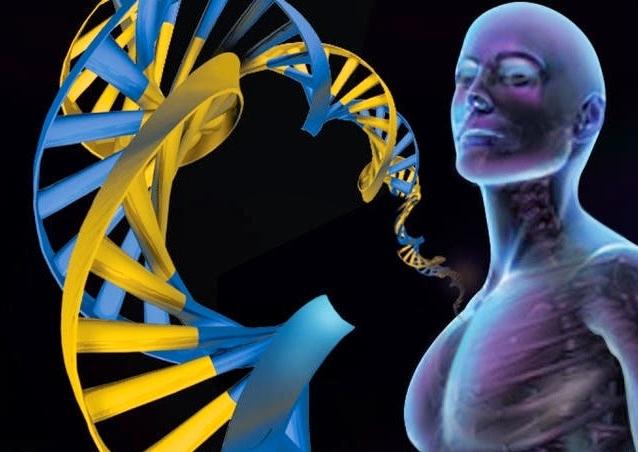Updated By: LatestGKGS Desk
Genetics: Human Genome Project, application of HGP, benefits, details

The Human Genome Project (HGP) and the mapping of DNA
The Human Genome Project (HGP) was an international scientific research project with the goal of determining the sequence of nucleotide base pairs that make up human DNA, and of identifying and mapping all of the genes of the human genome from both a physical and a functional standpoint. Human Genome Project was formally launched in 1990 and finally declared complete in 2003.
The Human Genome Project originally aimed to map the nucleotide contained in a human haploid reference genome (more than three billion). The "genome" of any given individual is unique; mapping the "human genome" involved sequencing a small number of individuals and then assembling these together to get a complete sequence for each chromosome.
The Human Genome Project, through its sequencing of the DNA, can help us understand diseases including genotyping of specific viruses to direct appropriate treatment, identification of mutation linked to different forms of cancer, the design of medication and more accurate prediction of their effects; advancement in forensic applied sciences.
The sequencing of the human genome holds benefits in many fields, from molecular medicine to human evolution. other energy applications; agriculture, animal husbandry, bioprocessing, anthropology, and evolution.
Another proposed benefit is the commercial development of genomics research related to DNA based products, a multibillion-dollar industry.


